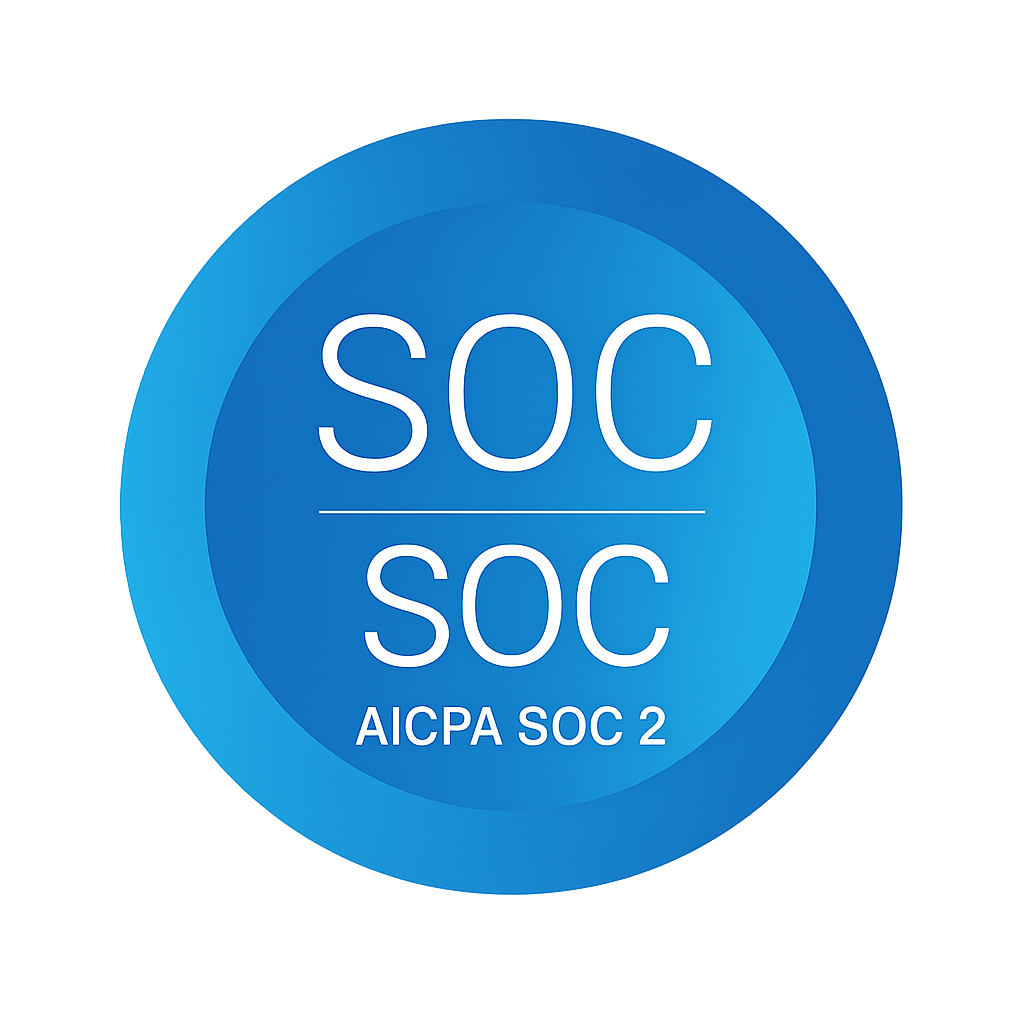In today's fast-paced world of technology, innovation is paramount. Yet, the path to creating groundbreaking products can be fraught with uncertainty. This is where the concept of Minimum Viable Product (MVP) development comes in.
The Lean Startup Approach
What is an MVP?
An MVP is the simplest version of a product that can be released to validate core assumptions and gather valuable user feedback. It prioritizes the essential features that deliver core value to users, allowing you to test and refine your product iteratively.
Why MVP Development?
Traditional product development often involves lengthy planning and feature-laden launches. While this may seem comprehensive, it carries significant risks. Here's why MVP development offers a compelling alternative:
- Reduced Risk: Building a full-fledged product without validating assumptions carries the risk of missing the mark. An MVP allows you to test your core idea with a minimal investment, minimizing potential losses.
- Faster Time-to-Market: The lean approach of MVP development allows you to get your product into the hands of users quickly. This not only reduces development time but also allows you to capitalize on market opportunities sooner.
- Enhanced Learning & Iteration: User feedback is crucial for product success. An MVP provides a platform to gather real-world data and user insights. This information is invaluable for refining and iterating on your product before investing heavily in features that may not resonate with your target audience.
- Prioritized Feature Development: Not all features are created equal. MVP development forces you to prioritize the features that deliver the most value to users. This ensures you focus on what truly matters, avoiding feature creep and bloated products.
The MVP Development Process
Developing an MVP is a strategic process with key stages:
- Define Your Problem & Vision: Start by clearly identifying the problem your product aims to solve and the vision you have for its impact.
- Identify Your Target Audience: Understanding your ideal users is vital. Conduct market research and develop user personas to gain insights into their needs and pain points.
- Prioritize Core Features: Focus on the essential features that address the core problem and deliver value to users. Utilize frameworks like the Kano Model or MoSCoW to prioritize features effectively.
- Build the MVP: Develop a stripped-down version of your product with the prioritized features. Focus on functionality over aesthetics at this stage.
- Launch & Gather Feedback: Release your MVP to a select group of early adopters. Gather feedback through surveys, user interviews, and analytics tools.
- Analyze & Iterate: Analyze the feedback you receive. Use this information to identify areas for improvement and prioritize new features based on user needs. This continuous learning loop is central to the MVP approach.
Key Considerations for Successful MVP Development
- Focus on the User: The user is at the heart of the MVP approach. Every decision, from prioritization to design, should be guided by user needs and feedback.
- Measure & Learn: Implementing A/B testing and user experience (UX) analytics allows you to objectively measure user behavior and optimize your product based on data.
- Adapt and Be Flexible: The MVP process is iterative. Be prepared to pivot and adapt your product based on user feedback. Don't be afraid to kill features that don't resonate with users.
- Maintain a Minimum Viable Team: Building an MVP doesn't require a large team. A core team of skilled developers, designers, and product managers can effectively build and iterate on your MVP.
Examples of Successful MVPs
Numerous successful companies have leveraged the power of MVP development. Airbnb started by allowing users to list their air mattresses and spare rooms. Dropbox initially focused on a simple file-sharing application. These companies validated their core concepts through MVPs, iterated based on user feedback, and ultimately revolutionized their respective industries.
Conclusion
MVP development is a powerful strategy for launching successful products. By prioritizing user needs, gathering real-world feedback, and embracing a continuous learning loop, you can minimize risk, accelerate time-to-market, and ultimately build innovative products that truly resonate with your target audience. Remember, the journey to creating a groundbreaking product starts with a single, well-defined step – building your MVP.



















.png)

.png)








